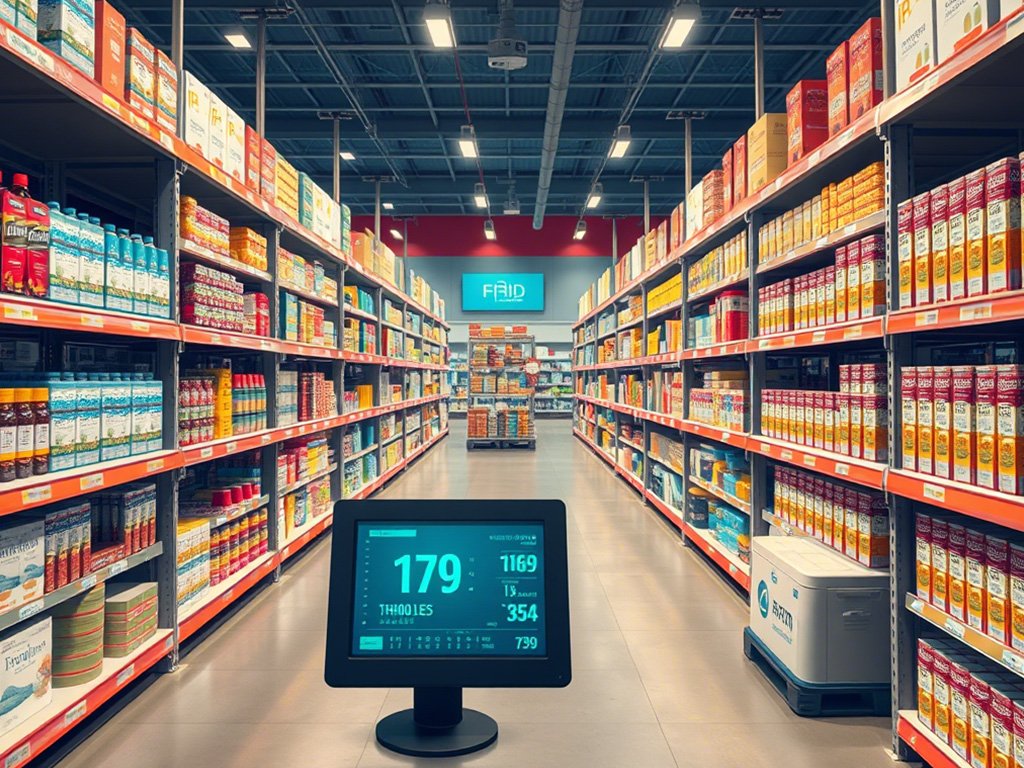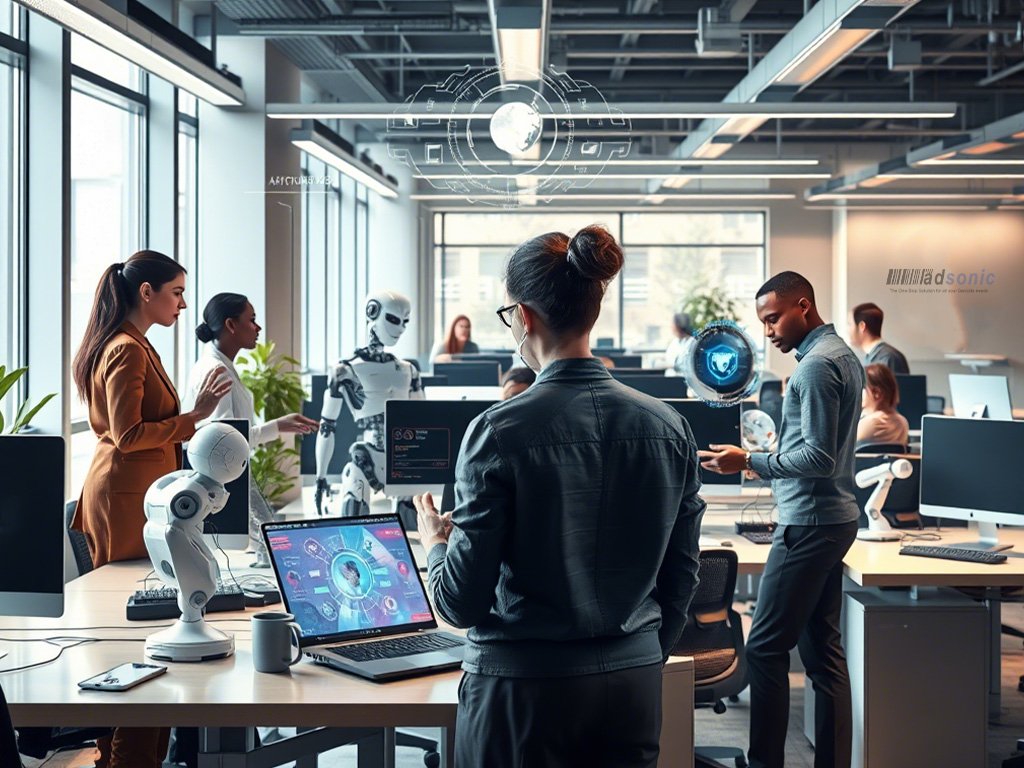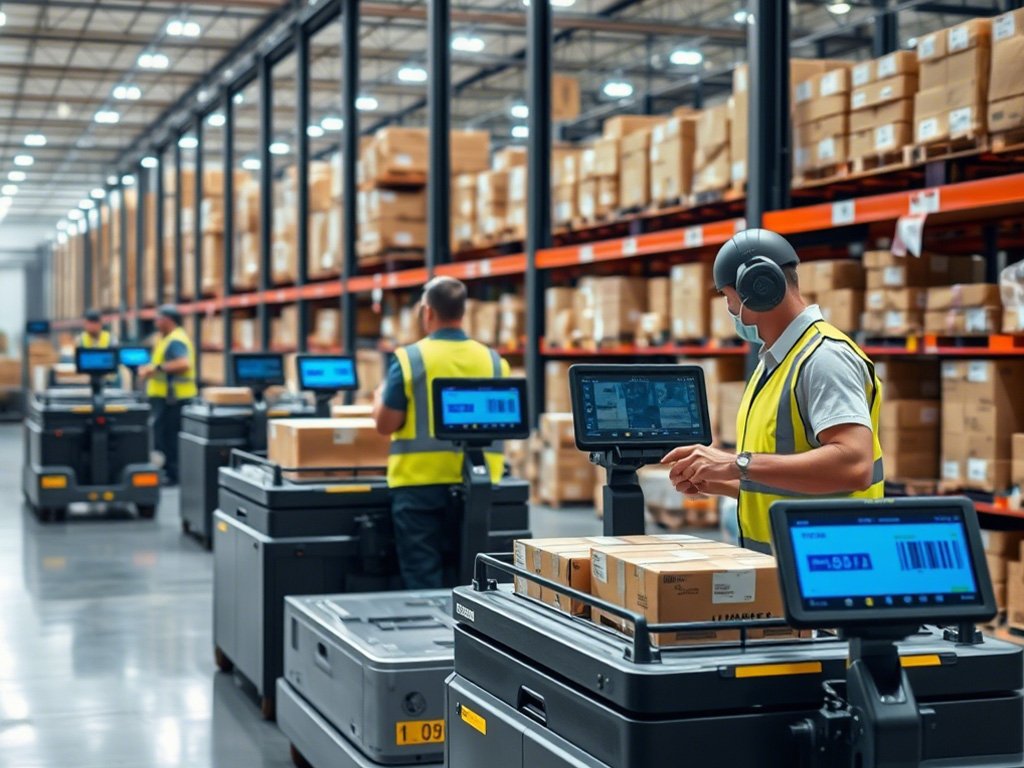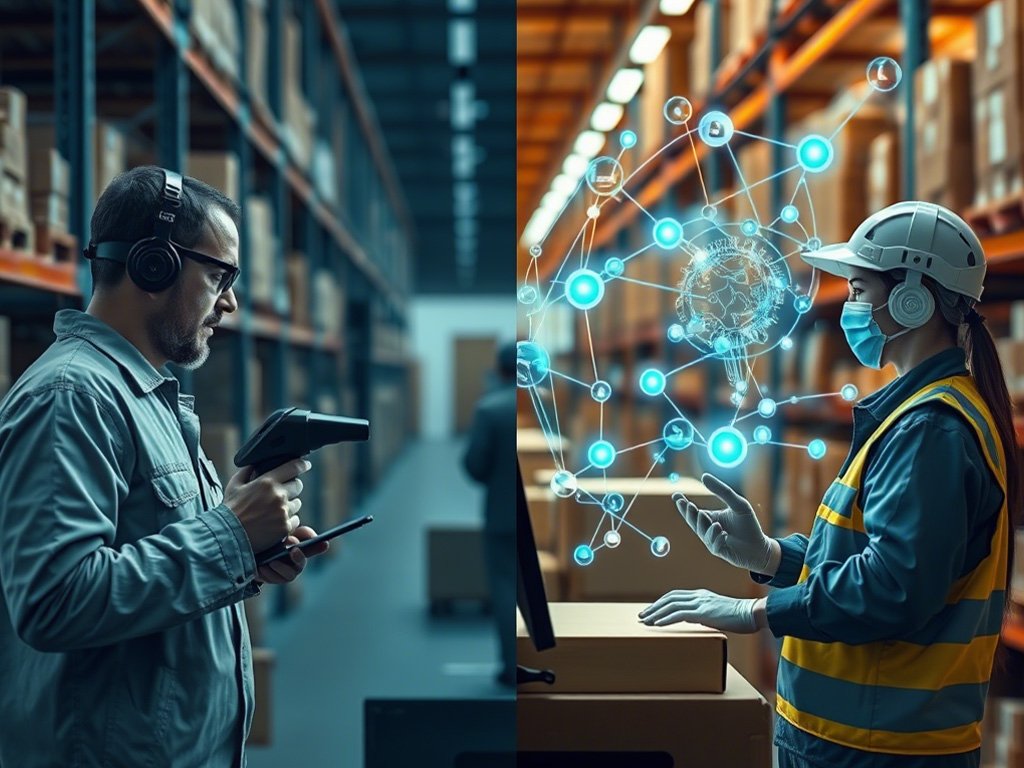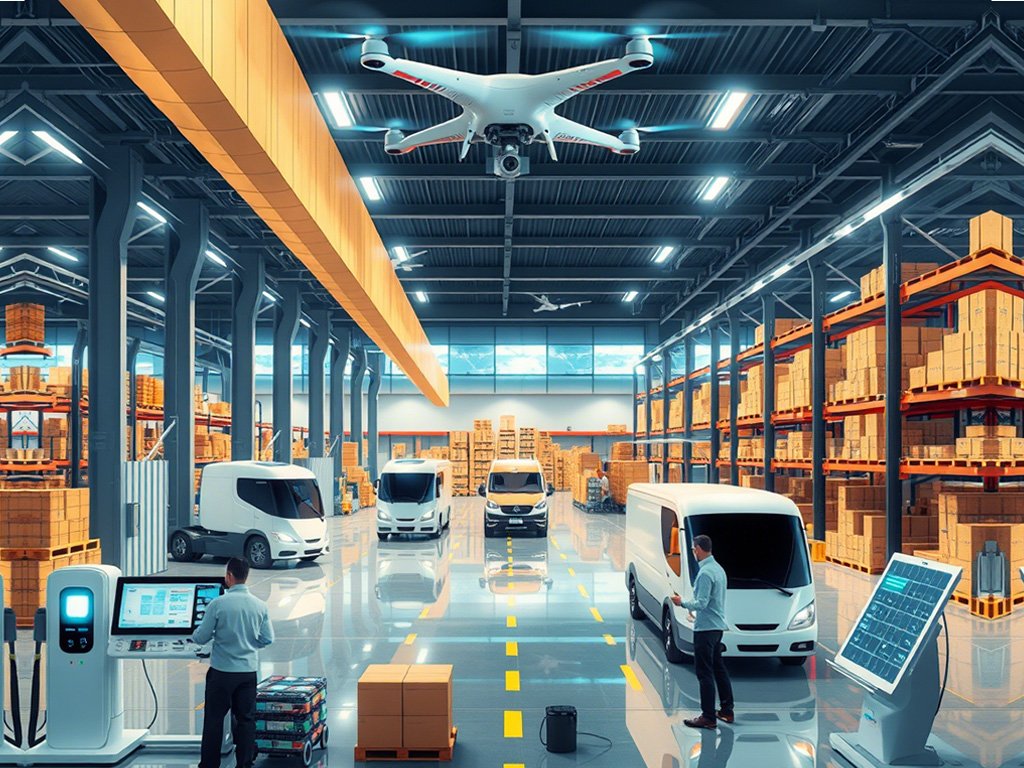
The Future of Logistics: Top Trends Shaping 2025 and Beyond
The logistics industry is undergoing a transformative phase, driven by technological advancements, shifting consumer expectations, and global economic
dynamics. As we look toward 2025 and beyond, several key trends are set to redefine how goods are transported, stored, and delivered. From artificial
intelligence (AI) to sustainability initiatives, these innovations will shape the future of logistics in profound ways. Let’s explore the top trends
that will influence the industry in the coming years.
1. Artificial Intelligence and Automation
Artificial intelligence (AI) is no longer a buzzword—it’s a game-changer for logistics. AI-powered systems are already optimizing supply chains, improving demand forecasting, and enhancing route planning. By 2025, AI will play an even more critical role in automating repetitive tasks, reducing human error, and increasing operational efficiency.
- Predictive Analytics: AI algorithms can analyze historical data to predict future demand, helping companies manage inventory levels more effectively.
- Autonomous Vehicles: Self-driving trucks and drones are being tested worldwide, promising faster deliveries while cutting labor costs.
- Warehouse Automation: Robots are increasingly handling picking, packing, and sorting processes, enabling warehouses to operate around the clock with minimal human intervention.
These advancements not only streamline operations but also allow businesses to respond quickly to market changes.
2. Sustainability Takes Center Stage
With growing concerns about climate change, sustainability has become a top priority for the logistics sector. Consumers and regulators alike are demanding greener practices, pushing companies to adopt eco-friendly solutions.
- Electric Vehicles (EVs): The adoption of electric delivery vehicles is accelerating as companies aim to reduce their carbon footprint.
- Green Warehousing: Solar panels, energy-efficient lighting, and sustainable building materials are becoming standard features in modern warehouses.
- Circular Supply Chains: Businesses are exploring ways to reuse, recycle, and repurpose materials, creating closed-loop systems that minimize waste.
By embracing sustainability, logistics providers can meet regulatory requirements, appeal to environmentally conscious customers, and contribute to a healthier planet.
3. Blockchain for Transparency and Security
Blockchain technology offers unparalleled transparency and security in logistics. It allows all stakeholders—manufacturers, suppliers, carriers, and customers—to access real-time information about shipments through an immutable digital ledger.
- End-to-End Visibility: Companies can track products from origin to destination, ensuring authenticity and preventing fraud.
- Smart Contracts: : Automated agreements based on predefined conditions eliminate intermediaries, speeding up transactions and reducing costs.
- Improved Trust:Blockchain fosters trust among partners by providing verifiable records of every transaction or movement within the supply chain.
As blockchain adoption grows, it will revolutionize how logistics networks operate, making them more efficient and reliable.
4. Last-Mile Delivery Innovations
Last-mile delivery—the final step in getting products to customers—is often the most expensive and complex part of the logistics process. To address this challenge, companies are investing in innovative solutions:
- Drone Deliveries: Drones are being deployed in urban areas and remote locations to deliver packages quickly and cost-effectively.
- Micro-Fulfillment Centers: :Small, localized distribution hubs located closer to customers enable faster order fulfillment.
- Crowdsourced Delivery:Platforms like Uber Freight and Postmates leverage gig workers to complete last-mile deliveries, offering flexibility and scalability.
These innovations not only enhance customer satisfaction but also help companies stay competitive in an era of instant gratification.
5. Hyper-Personalization in Customer Experience
Today’s consumers expect personalized experiences, and logistics providers are stepping up to meet these demands. Advanced analytics and IoT devices make it possible to tailor services to individual preferences.
- Real-Time Tracking: Customers can monitor their orders in real time, receiving updates via apps or SMS notifications.
- Flexible Delivery Options: Shoppers can choose when, where, and how they want their items delivered—whether it’s same-day delivery, curbside pickup, or scheduled drop-offs.
- Custom Packaging: Brands are experimenting with unique packaging designs that align with customer values, such as minimalistic or reusable boxes.
Hyper-personalization strengthens brand loyalty and sets companies apart in a crowded marketplace.
6. Resilience Through Digital Twins
Digital twins—virtual replicas of physical assets or processes—are gaining traction in logistics. These models simulate real-world scenarios, allowing companies to test strategies, identify bottlenecks, and optimize performance without disrupting actual operations.
- Supply Chain Optimization: Digital twins provide insights into potential risks, enabling proactive decision-making.
- Asset Management: They help monitor equipment health, predict maintenance needs, and extend asset lifespans.
- Scenario Planning: Companies can use digital twins to prepare for disruptions like natural disasters or geopolitical events.
This technology empowers logistics providers to build resilient supply chains capable of adapting to unforeseen challenges.
7. Rise of E-Commerce Fulfillment Solutions
The e-commerce boom shows no signs of slowing down, and logistics providers must adapt to keep pace. New fulfillment models are emerging to accommodate the surge in online shopping.
- Dark Stores: Retail spaces converted into dedicated fulfillment centers cater exclusively to online orders.
- Subscription Services: Subscription-based logistics platforms offer scalable solutions for small and medium-sized businesses.
- On-Demand Warehousing: Flexible storage options allow companies to rent space as needed, avoiding long-term commitments.
These innovations ensure that logistics networks remain agile and responsive to fluctuating e-commerce demands.
8. Workforce Transformation
While automation and AI are reshaping logistics, the human element remains crucial. However, the nature of work is evolving, requiring new skills and approaches.
- Upskilling Employees:Workers need training in areas like robotics maintenance, data analysis, and cybersecurity to thrive in a tech-driven environment.
- Remote Collaboration Tools: Cloud-based platforms facilitate communication and collaboration among distributed teams.
- Focus on Well-being: Companies are prioritizing employee safety and mental health, recognizing that a happy workforce drives better results.
Investing in people ensures that organizations can harness the full potential of technological advancements.
Conclusion
The future of logistics is bright, fueled by innovation and a commitment to meeting the needs of a rapidly changing world. From AI-driven automation to sustainable practices and enhanced customer experiences, the trends shaping 2025 and beyond promise to create smarter, faster, and greener supply chains.
For businesses operating in this dynamic landscape, staying ahead means embracing these trends early and leveraging them to gain a competitive edge. As you prepare for what lies ahead, remember that success in logistics isn’t just about moving goods—it’s about delivering value, reliability, and innovation at every step of the journey.

